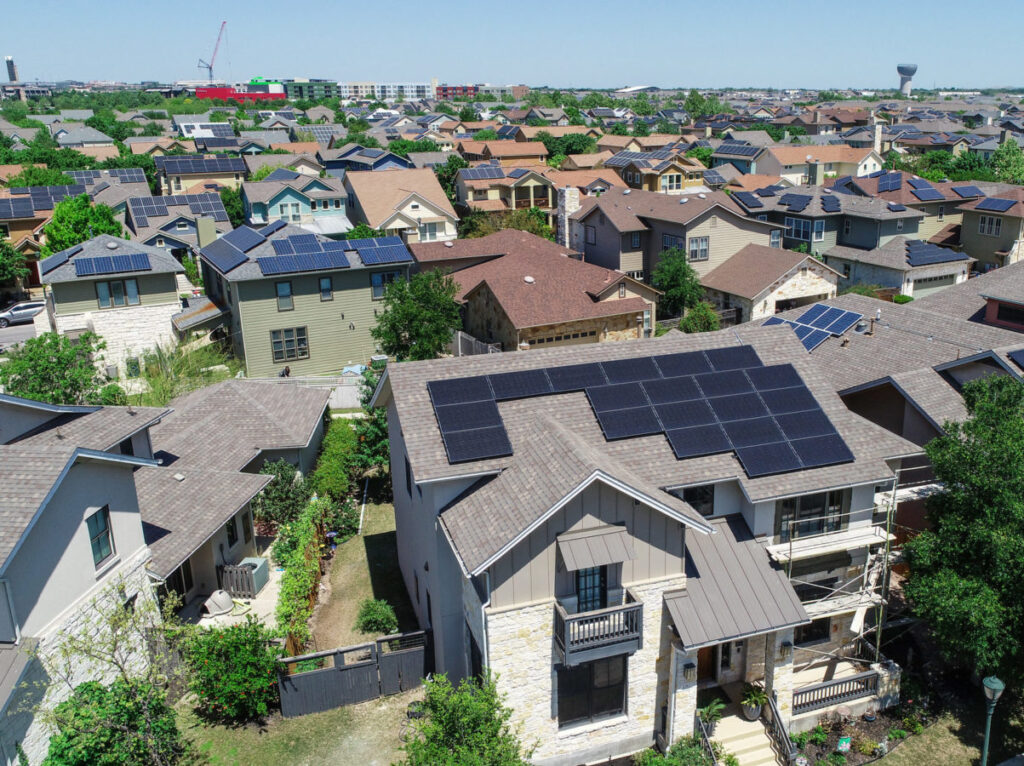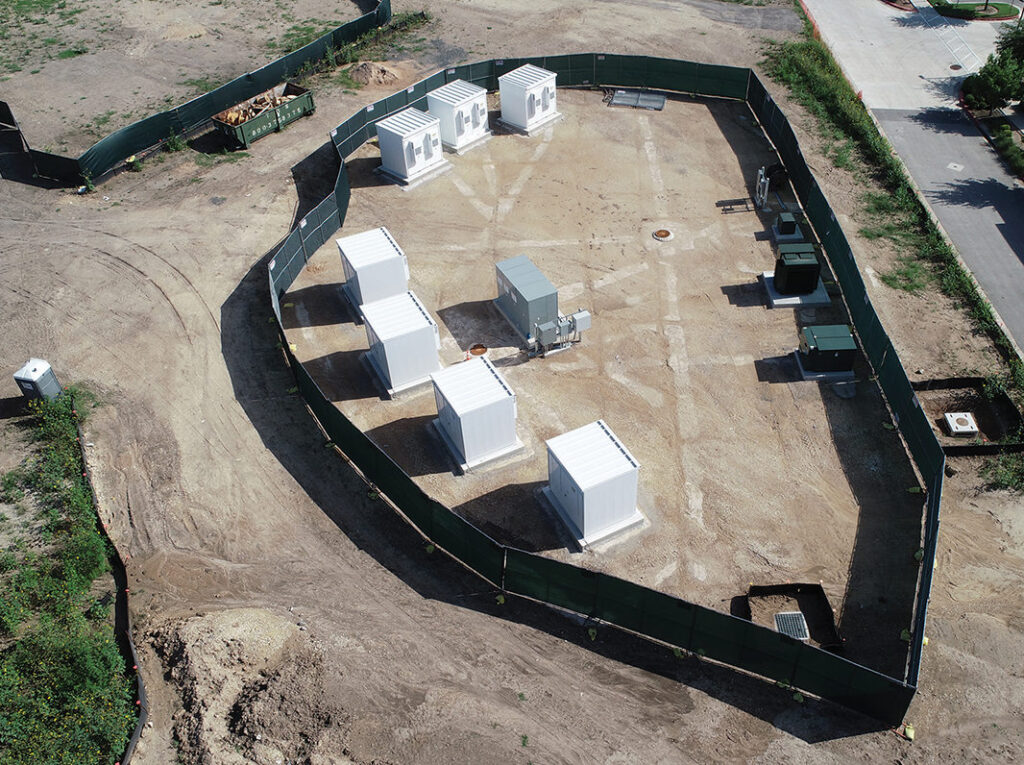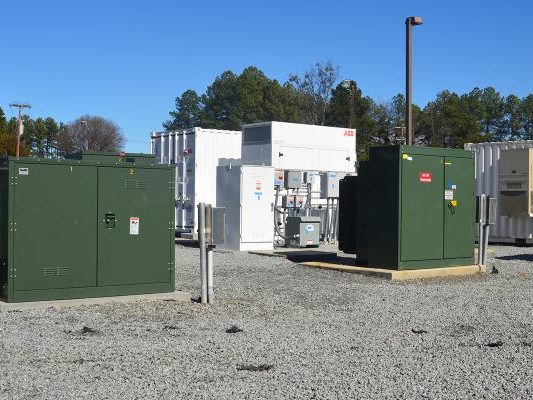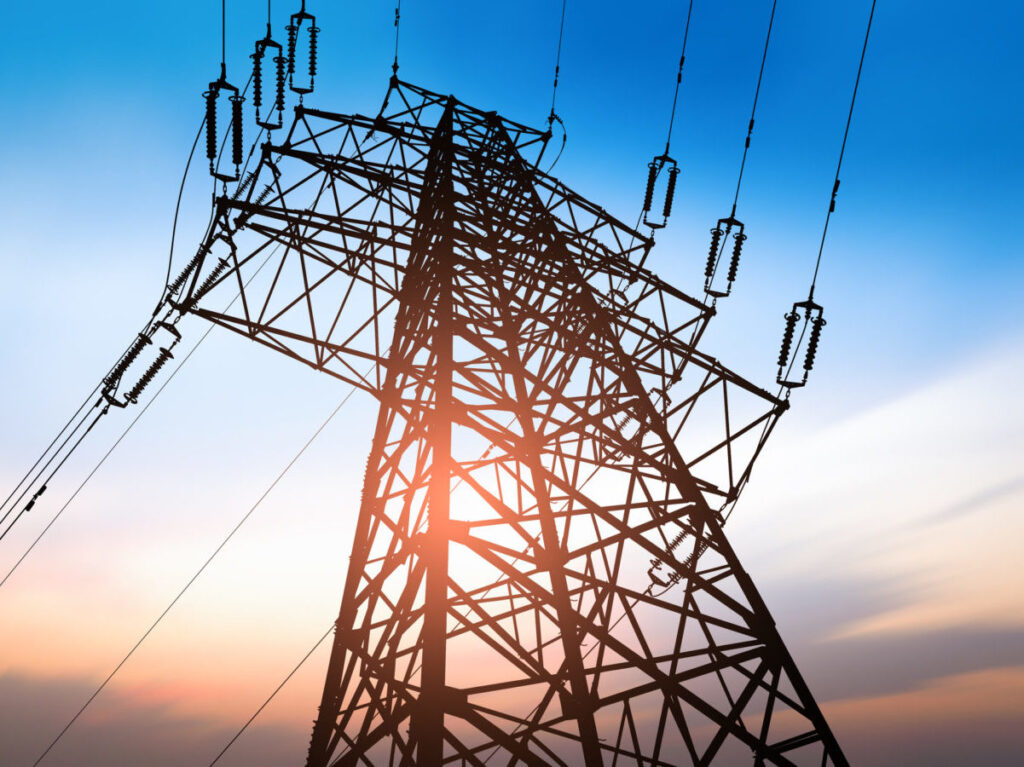Analytics are at core of non-wires alternatives projects

Analytics are essential from the get-go for non-wires alternatives (NWA) projects to succeed.
NWA are gaining popularity in utilities, so much so that E4theFuture funded a study by the Smart Electric Power Alliance (SEPA) and the Peak Load Management Association (PLMA) on the topic. The study investigates 10 case studies where utilities have planned and/or implemented NWA in their service territories.
According to Non-Wires Alternatives: Case Studies from Leading US Projects, there are over 100 NWA in various stages of planning in the United States today. The interest in NWA has come in part due to the penetration of distributed energy resources on the grid, as well as regulatory efforts, such as New York’s Reforming Energy Vision. NWA often involve changes to traditional utility cost recovery and guaranteed rate of return practices, providing utilities with a way to be compensated for alternatives to capital expenditures on physical infrastructure.
Analytics are needed from the start
Typically, a project sets performance goals, such as achieving savings/peak reduction at a lower cost than capital investment in grid infrastructure. To report on performance, NWA projects need to establish metrics and set data requirements. It is never too early to scope and budget for data collection, communication systems, data storage and analytical tools.
Analytics are essential in the planning process. In the Bonneville Power transmission relief project, BPA used transmission congestion analysis to identify suitable areas for generation and load reduction in lieu of building additional transmission. BPA also found that they can use work done to analyze the results of their NWA project to inform transmission planning.
Looking at the lessons learned, there are few areas where analytics, with the right data, could be helpful to utilities considering a NWA project:
- Understanding consumption demographics in the target area to determine whether there was enough potential to meet targets.
- Forecasting constraint conditions to know when to call a demand response event.
- Arriving at the optimal incentive to encourage customer participation in customer-sited storage.
- Predicting propensity to answer demand response calls to aid in setting enrollment targets.
- Identifying locations for energy storage with appropriate characteristics (zoning, interconnection capacity, above and below ground structures, space, etc.).
- Forecasting the adoption of electric vehicles and locations of vehicle charging that may constrain the grid.
- Developing proposals to regulators for utility incentive mechanisms.
And, by the way, the energy storage provider for the Southern California Edison Virtual Power Plant project used artificial intelligence (AI) to provide peak capacity resources to the grid. AI was used to control and dispatch customer-sited (but not owned) storage on a “repeatable, day ahead, real-time and geographic basis.”
Notes
Non-wires alternatives is defined as “an electricity grid investment or project that uses non-traditional transmission and distribution (T&D) solutions, such as distributed generation (DG), energy storage, energy efficiency (EE), demand response (DR), and grid software and controls, to defer or replace the need for specific equipment upgrades, such as T&D lines or transformers, by reducing load at a substation or circuit level.” Navigant, Non-Wires Alternatives, 2017.





